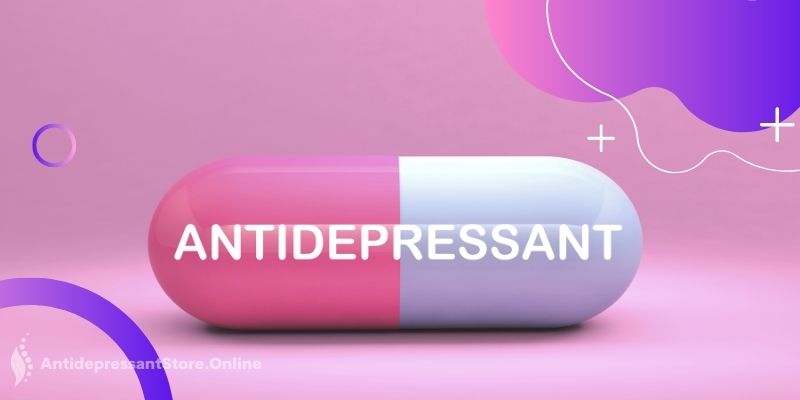Depression is globally one of the most prevalent ailments of mental health. As it was estimated by the World Health Organization, depression has become the second leading cause of lost work time.
Therefore, it is not surprising, that discovery of antidepressant medication in XX century is considered to be one of the most significant.
Antidepressants are regularly used by over 13% of adults over 30. Since symptoms, like sleep disorders and anxiety, may become more prominent with age. Presently, it is impossible to imagine modern psychotherapy practice and treatment of depression related disorders without antidepressants. To understand the importance of such pharmaceuticals and the leading part it plays, let’s go a little back in history.
Anti depression meds were not listed as a separate pharmaceutical category right up until mid-XX century. It all changed with the advent of Iproniazid and Imipramine with powerful antidepressant effects. Prior to that, a variety of natural remedies has been used, (plants like St. John’s wort and other alkaloid plants) as well as some amphetamine derivatives.
Imipramine was the first to be developed in the tricyclic antidepressants group (TCAs), and proved to be the most effective at the time. It has a mild mood elevating effect and lifts patient’s energy levels. Prior to 1960 it was the most prescribed medication for depression.
Pharmaceutical discoveries in the 1960s saw the appearance of such antidepressant groups as Monoamine oxidase inhibitors (MAOIs) and Selective serotonin reuptake inhibitors (SSRIs).
Diazepam (Valium) came to be the most successful from that period and is still widely used to this day. It features a wide range of positive psycho-emotional effects and is often recommended by health care professionals.
All three antidepressant groups were actively researched starting from the late sixties and onward.
The most significant discoveries in the field were made between 1970 and 2000 with the development of the following prescription drugs:
- Fluoxetine (this substance was first synthesized in 1977) – came into use in 1987, 10 years after initial development;
- Citalopram (1989);
- Sertraline (1991);
- Paroxetine (1992);
- Venfalaxin (1993).
The market for antidepressants has vastly expanded in 30 years, as well as its variety of developed substances that may have similar mechanisms in the ways they affect patients but different therapeutic purposes. Unfortunately, further development of this industry has slumped. Basically, the prescriptions that were used 30 years ago are still relied upon. The pharmaceutical industry currently does not offer new antidepressants, and modern depression treatment is entirely based on past knowledge.
There are positive sides to this, however. After all, buying antidepressants always comes with risks. Health care workers as well as patients prefer trusted brands that are well-developed. Since new or less known prescription brands, may also feature an assortment of side effects of antidepressants.
It is worth noting that licenses for the leading anti depression drug brands expired around the 2000s. Such prescriptions are now distributed as generic medicine, which makes it much easier to purchase. Volumes of antidepressant consumption have increased in recent times, and it’s not only because there are more instances of depression, but also because medication for depression is so easily accessible.
In addition, modern psychotherapy practices actively implement antidepressants for anxiety as well. The range of therapeutic possibilities attained with the use of antidepressant grows every year. Besides depression alone, a variety of other mental health disorders are also treated with antidepressants.
The market for antidepressant offers a considerable selection these days. But some substances may cause more harm than good. Since fundamentally, every prescription is assigned to treat a specific case with its own set of therapeutic goals.

